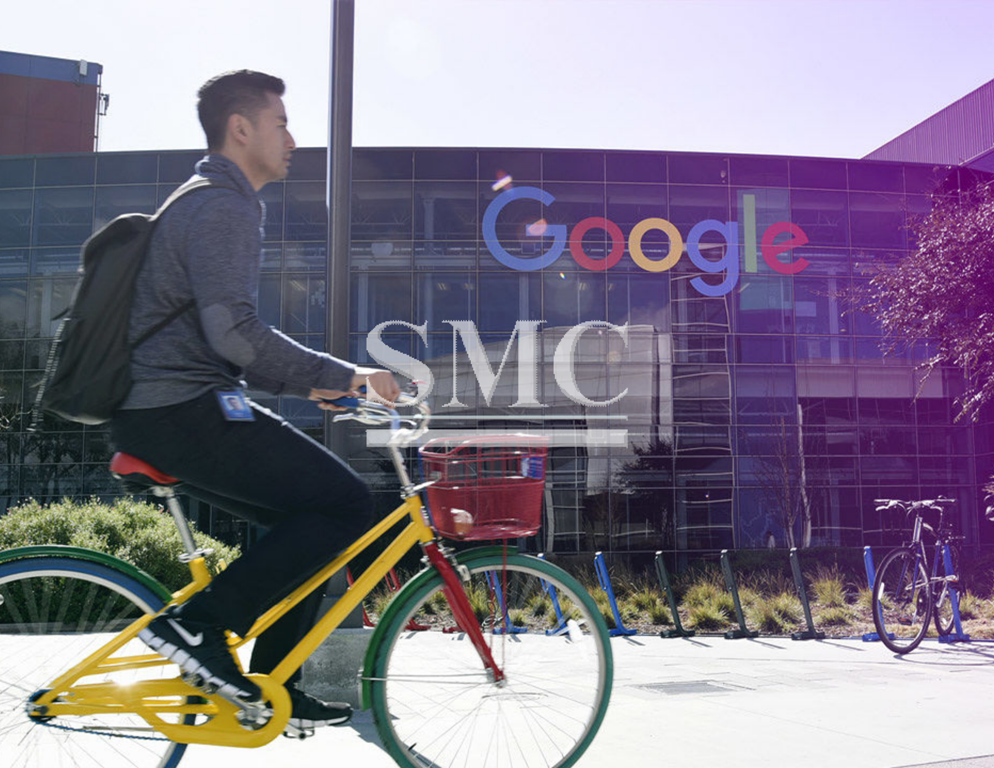Notice: Undefined index: sith_hide_share in /www/sites/alloy.wiki/index/wp-content/themes/likegoogle/single.php on line 32
Deprecated: get_settings is deprecated since version 2.1.0! Use get_option() instead. in /www/sites/alloy.wiki/index/wp-includes/functions.php on line 4862
This week, another undersea fiber-optic link financed by Google and a consortium of Asian information transfers organizations went on the web. Named Faster, the cable extends around 5,600 miles from Oregon to two landing focuses in Japan. It’s the quickest, most elevated limit trans-Pacific undersea link ever manufactured. It can hypothetically convey as much as 60 terabits for every second of data transmission—more than a large portion of the aggregate transfer speed accessible between the U.S West Coast and Asia toward the end of 2015, as indicated by information transfers counseling firm Telegeography.
Google is holding 10 terabits of that ability to accelerate interchanges between it’s own PC server farms. The planning is serendipitous: Google declared in March that it will offer its distributed computing administrations from Tokyo in the not so distant future. It will likewise make the Internet stronger in quake inclined parts of Asia. . “The cable utilizes Japanese landing facilities strategically located outside of tsunami zones to help prevent network outages when the region is facing the greatest need,” reads a Google blog entry trumpeting the cable’s fantastic opening.

Google and its partners—including China Mobile International, China Telecom Global, Global Transit, KDDI, and Singtel—first announced the project in 2014, and Japanese technology giant NEC actually laid the cable down.
This is Google’s fourth undersea cable, and as per the organization’s blog entry, it arrangements to put resources into additional later on. The news takes after a month ago’s declaration that Facebook and Microsoft are collaborating to construct a 160 terabit trans-Atlantic undersea cable extending from Virginia to Spain. Google’s part in the production of Faster is less aggressive. It’s only one of six organizations taking an interest, and a large portion of Faster’s ability is going to conventional information transfers organizations. Be that as it may, it’s the most recent sign of how exactly the amount of data transmission these tech mammoths are eating up. “We are seeing a very clear trend towards private networks becoming the major users of international submarine cable capacity, “says Jonathan Hjembo, a senior investigator at Telegeography.
Customarily, these cables carried public Internet traffic. Now, companies like Facebook and Google are using them to ferry data between their own data centers. Presently, organizations like Facebook and Google are utilizing them to ship information between their own server farms, bypassing the Internet to accelerate content conveyance. As indicated by Hjembo, private systems now utilize 60 percent of the limit of trans-Atlantic cables.
In the interim, Facebook and Google are likewise purchasing up “dark fiber”— unused fiber optic limit all through the US—to interface their different server farms ashore. To put it plainly, a modest bunch of huge tech organizations are gradually obscuring the data transfer capacity limit of customary telcos, underscoring exactly how enormous these tech monsters have truly gotten to be. However, Hjembo calls attention to that there’s no lack of limit. The genuine point here is that organizations like Google need to possess their own cables. On the other hand, as Facebook’s vice president of network engineering Najam Ahmad told us earlier this year, these projects allow the companies to control their own destinies.
Guest contributors are welcome at the Alloy Wiki.It is a weekly wiki and guide on alloy information and processing technology, while also about the vast array of opportunities that are present in manufacturing. Our team of writers consists of a Machining Material Supplier / Machinist / Tool and Die Maker, a Biomedical Engineer / Product Development Engineer, a Job Development Coordinator / Adjunct Professor, and a President and CEO of a manufacturing facility.
Link to this article:Google just plugged into Japan with its own undersea cable
Reprint Statement: If there are no special instructions, all articles on this site are original. Please indicate the source for reprinting:Alloy Wiki,thanks!^^


